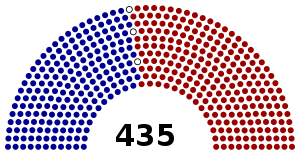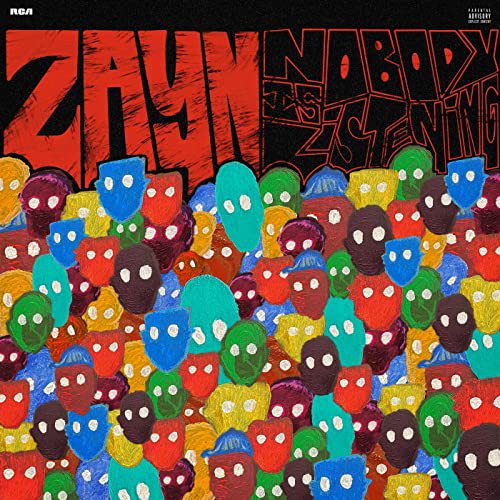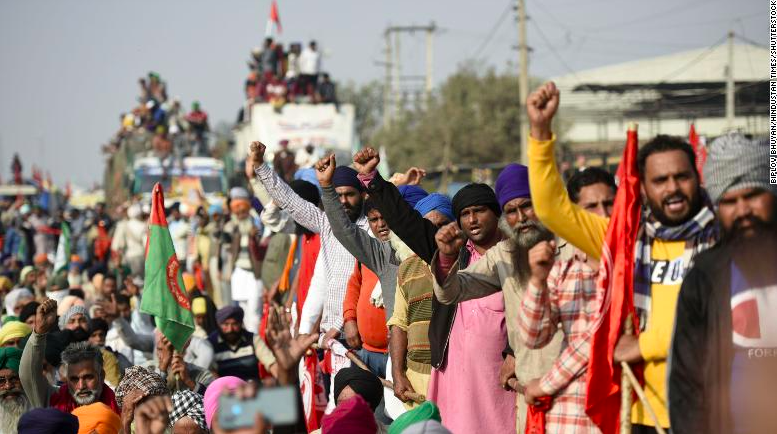The Nov. 6th, 2018 midterm elections have passed and the results are in. The “blue wave” that Democrats hoped would roll in to Capitol Hill did come to pass, but it did not have as much as an impact on the results as they would have liked.
Democrats took control of the House of Representatives, gaining 36 more seats and putting them at a 231 seat majority as compared to the 198 seats held by Republicans. The Republicans maintained the Senate by gaining one seat, putting them at a 51 seat majority against the 47 seats held by Democrats.
However, seven seats in the House of Representatives, two Senate races, and two gubernatorial races have still not yet been called because they were so close. A recount in Florida is underway in the race for Senate between Democratic Senator Bill Nelson and Republican Governor Rick Scott. Because the margin between the pair was so close – a less than 0.5 percent lead for Scott – Florida law mandates an automatic machine recount. If the margin after that recount is less than 0.25 percent, then a hand recount will follow.
Not everyone is a fan of the two party system the U.S. political spectrum currently employs. Renuka Surujnarain, a biology major in her sophomore year, says, “I don’t like the idea of two parties, especially while living in a climate where you kind of have to conform to one or the other. Both parties have some ideals that I don’t completely agree with. I also think in order to have a balanced society you have to have people in power that do try to accommodate for all types of differing mindsets, not empower competition between the two.”
In more local politics, New York State Senate and State Assembly were overwhelmingly blue, winning 37 seats in the State Senate and 107 seats in the State Assembly. Democratic Governor Andrew Cuomo won the race for Governor, marking his third term as Governor. Democrat Letitia James won the race for Attorney General and is the first African-American and first woman to be elected to the position. Democrat Thomas DiNapoli won the race for Comptroller.
These local elections greatly affect CUNY students, especially regarding the Maintenance of Effort Bill (MOE) which would mandate that New York would provide a steady level of state funding separate from revenues generated from public college tuition. Smitha Varghese, a junior majoring in psychology, says, “While SUNY and CUNY students have been pushing to pass the MOE bill for years, Governor Cuomo consistently was the biggest obstacle; now he’s re-elected so not too sure if we’ll see any improvements on that front.”
History was made across the country this election. Democrat Alexandria Ocasio-Cortez won the race for Representative of New York’s 14th district, beating longtime Representative Joe Crowley in New York’s Democratic primary in June. Ocasio-Cortez, aged 29, is the youngest woman elected to Congress in U.S. history. Many other firsts were made this year as well. Democrat Jared Polis of Colorado is the first openly gay man to be elected governor of a U.S. state. Fellow Democrats Sylvia Garcia of Texas’s 16th district and Veronica Escobar of Texas’s 29th district will be Texas’ first Latina women in Congress. Democrat Rashida Tlaib of Michigan’s 13th district and Democrat Ilhan Omar of Minnesota’s 5th district are the first Muslim women elected to Congress. Omar is also the first to wear a hijab and the first Somali-American woman in Congress. Democrat Sharice Davids of Kansas’s third district and Democrat Deb Haaland of New Mexico’s first district are the first Native American women to be elected to Congress. Davids, who is also a lesbian, will be the first LGBTQ person to represent Kansas in Congress. Democrat Ayanna Pressley of Massachusetts’s seventh district is the first African-American woman to represent Massachusetts in Congress. Democrat Jacky Rosen is the first Jewish American U.S. Senator from Nevada. These are just a few of the many historic results of the midterms.
Overall, this race had higher turnout than most recent midterm elections. Thirty-six million people voted early, as compared to 27 million in 2014. Jessica Alexander, an undeclared sophomore, says, “The midterm election turnout was great. This was the highest turnout since 1970 according to a lot of sources. Yet, I would say that people voted but some were not informed.” Complete data sets of all 50 states won’t be available until January or February.














